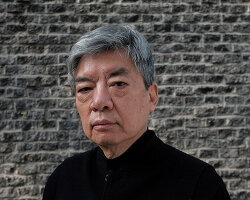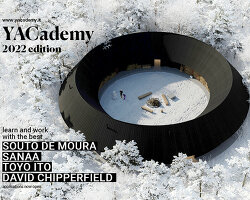2024 pritzker prize awarded to riken yamamoto
The Pritzker Architecture Prize announces Riken Yamamoto, of Yokohama, Japan, as the 2024 Laureate of the Pritzker Architecture Prize, the award that is regarded internationally as architecture’s highest honor. Yamamoto, architect and social advocate, establishes kinship between public and private realms, inspiring harmonious societies despite a diversity of identities, economies, politics, infrastructures, and housing systems. Deeply embedded in upholding community life, he asserts that the value of privacy has become an urban sensibility, when in fact, members of a community should sustain one another. He defines community as a ‘sense of sharing one space,’ deconstructing traditional notions of freedom and privacy while rejecting longstanding conditions that have reduced housing into a commodity without relation to neighbors. Instead, he bridges cultures, histories and multi-generational citizens, with sensitivity, by adapting international influence and modernist architecture to the needs of the future, allowing life to thrive.
‘For me, to recognize space, is to recognize an entire community,’ Yamamoto expresses. ‘The current architectural approach emphasizes privacy, negating the necessity of societal relationships. However, we can still honor the freedom of each individual while living together in architectural space as a republic, fostering harmony across cultures and phases of life.‘
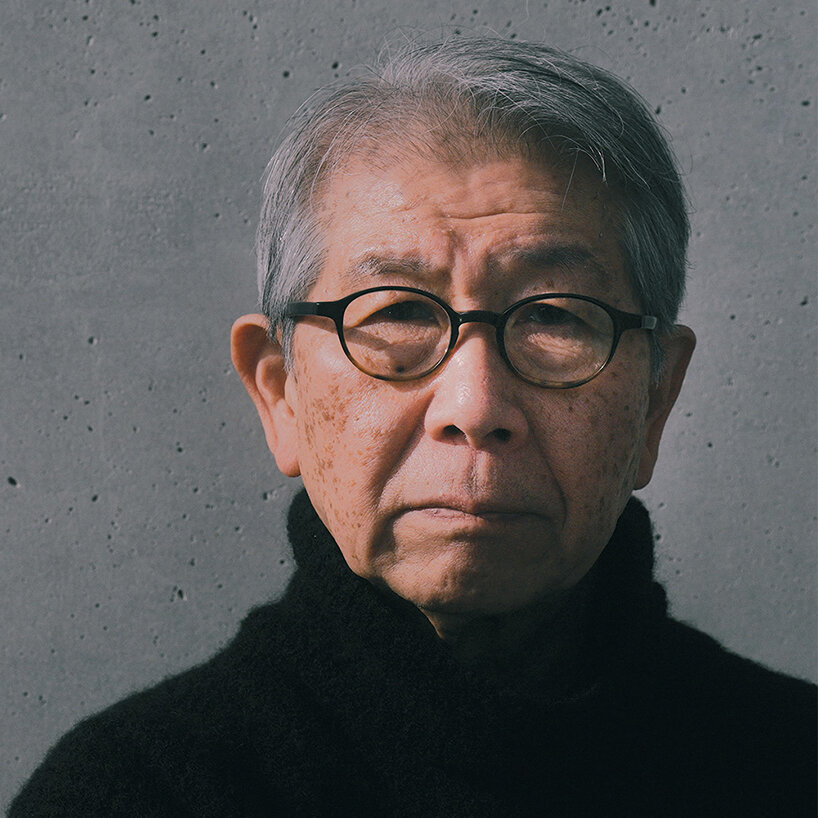
Riken Yamamoto, photo courtesy of Tom Welsh
the life and noble quest of a beijing-born laureate
Riken Yamamoto was born in 1945 in Beijing and relocated to Yokohama shortly after the end of World War II. Negotiating a balance between public and private dimensions from childhood, the architect lived in a home that was modeled after a traditional Japanese machiya, with his mother’s pharmacy in the front and their living area in the rear. ‘The threshold on one side was for family, and on the other side for community. I sat in between.’ Yamamoto knew little about his father, who had passed away when the architect was only five years old. In some ways, he sought to emulate his father’s career as an engineer, but instead forged his own path into architecture. At age 17, he visited Kôfuku-ji Temple, in Nara, Japan, originally built in 730 and reconstructed in 1426, and was captivated by the Five-storied Pagoda symbolizing the five Buddhist elements of earth, water, fire, air and space. He graduated from Nihon University, Department of Architecture, College of Science and Technology in 1968 and received a Master of Arts in Architecture from Tokyo University of the Arts, Faculty of Architecture in 1971. He founded his practice, Riken Yamamoto & Field Shop in 1973.
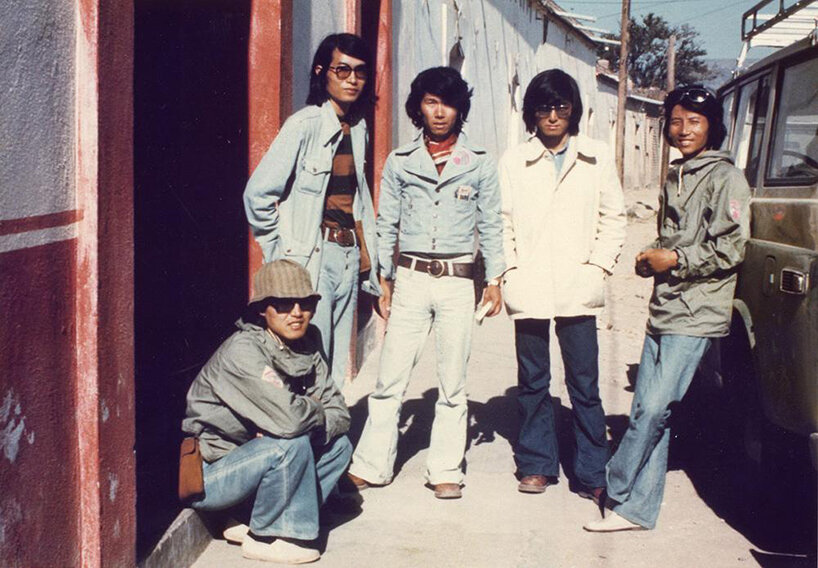
image courtesy of Riken Yamamoto
Transparency, in form, material and philosophy remained an essential element in his works. He established an urban planning approach that demonstrated evolution as a vital property in the development of Ryokuen-toshi, Inter-Junction City (Yokohama, Japan 1994). He continued to prompt societies in large buildings by adapting his architectural language to projects such as Saitama Prefectural University (Koshigaya, Japan 1999), and Tianjin Library (Tianjin, Republic of China 2012), attesting to his mastery of scale. His work grew more prolific, ranging from private residences to public housing, elementary schools to university buildings, and institutions to civic spaces, when natural disaster devastated Japan in 2011. In the aftermath of Tōhoku Earthquake and Tsunami, he established Local Area Republic Labo, an institute dedicated to community activities through architectural design; and instituted the Local Republic Award in 2018 to honor young architects who act with courage and ideals towards the future.
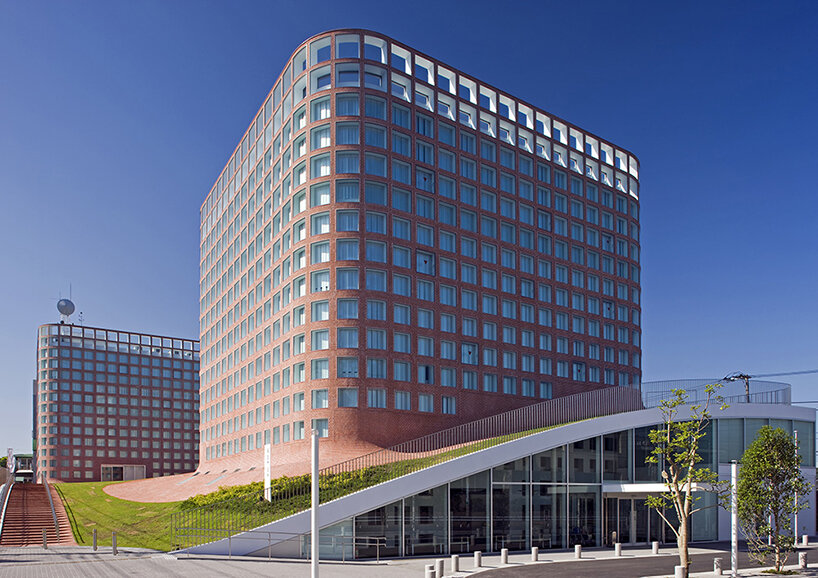
Fussa City Hall, image courtesy of Sergio Pirrone
During the earliest years of his career, the architect spontaneously journeyed across countries and continents by car with his mentor, Hiroshi Hara, spending months at a time in pursuit of understanding communities, cultures and civilizations. In 1972, he drove along the coastline of the Mediterranean Sea, visiting France, Spain, Morocco, Algeria, Tunisia, Italy, Greece and Türkiye. Two years later, he traveled from Los Angeles to Mexico, Guatemala, Costa Rica and Colombia before reaching Peru. He would also embark on a similar expedition to Iraq, India and Nepal, and concluded that the idea of a ‘threshold’ between public and private spaces was universal. ‘I recognize the past system of architecture is so that we can find our culture…The villages were different in their appearance, but their worlds [were] very similar.’

Shinonome Canal Court CODAN, image courtesy of Tomio Ohashi
Yamamoto reconsidered boundaries between public and private realms as societal opportunities, committing to the belief that all spaces may enrich and serve the consideration of an entire community, and not just those who occupy them. With this in mind, he began designing single-family residences that united natural and built environments, welcoming to both guests and passersby. His first project, Yamakawa Villa (Nagano, Japan 1977), is exposed on all sides and situated in the woods, designed to feel entirely like an open-air terrace. The experience significantly influenced his future works as he extended into social housing with Hotakubo Housing (Kumamoto, Japan 1991), bridging cultures and generations through relational living.
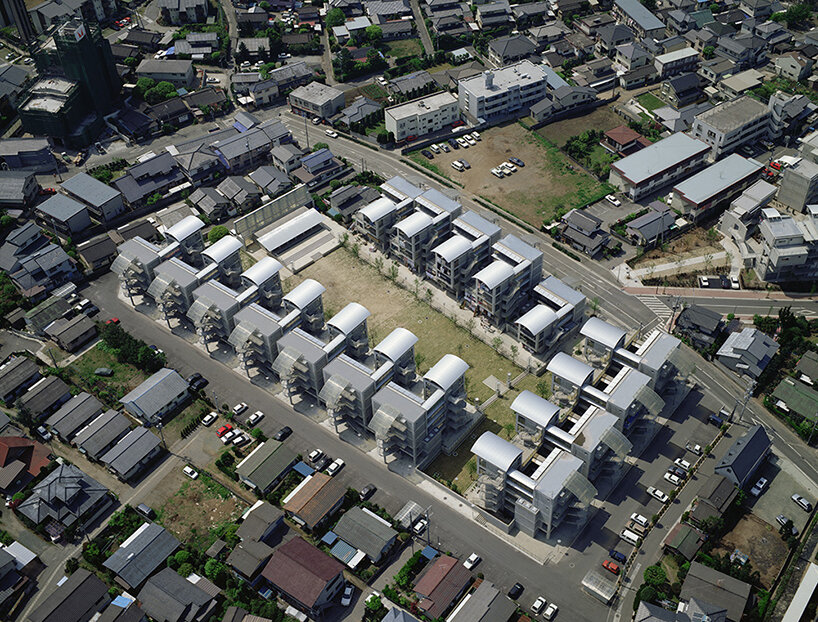
Hotakubo Housing, image courtesy of Shinkenchiku Sha
He was appointed Academician by the International Academy of Architecture (2013) and has received numerous distinctions throughout his career including the Japan Institute of Architects Award for the Yokosuka Museum of Art (2010), Public Buildings Prize (2004 and 2006), Good Design Gold Award (2004 and 2005), Prize of the Architectural Institute of Japan (1988 and 2002), Japan Arts Academy Award (2001), and Mainichi Art Awards (1998). Yamamoto continues to practice and reside in Yokohama, in community with his neighbors. His built works can be found throughout Japan, People’s Republic of China, Republic of Korea and Switzerland.
Yamamoto is the 53rd Laureate of the Pritzker Architecture Prize and the ninth to hail from Japan. He will be honored in Chicago, Illinois, this spring and the 2024 Laureate Lecture will be held at S. R. Crown Hall, Illinois Institute of Technology, in partnership with the Chicago Architecture Center, on May 16th, open to the public in-person and online.
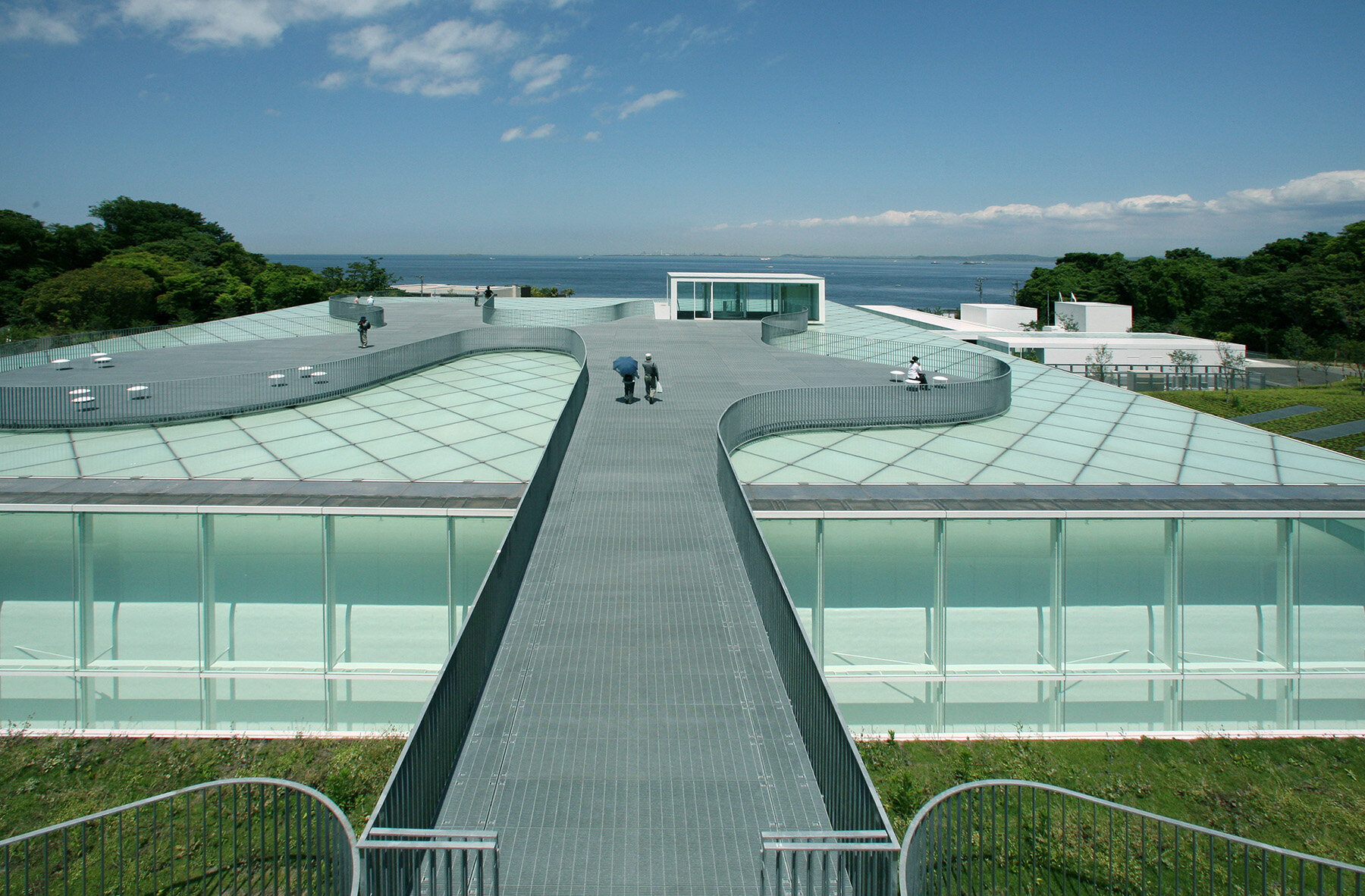
Yokosuka Museum of Art, image courtesy of Tomio Ohashi
jury’s citations
‘In his long, coherent, rigorous career, Riken Yamamoto has managed to produce architecture both as background and foreground to everyday life, blurring boundaries between its public and private dimensions, and multiplying opportunities for people to meet spontaneously, through precise, rational design strategies. […] By the strong, consistent quality of his buildings, he aims to dignify, enhance and enrich the life of individuals—from children to elders—and their social connections. And he does this through a self-explanatory yet modest and pertinent architecture, with structural honesty and precise scaling, with careful attention to the landscape of the surroundings. His architecture clearly expresses his beliefs through the modular structure and the simplicity of its form. Yet, it does not dictate activities, rather it enables people to shape their own lives within his buildings with elegance, normality, poetry and joy.
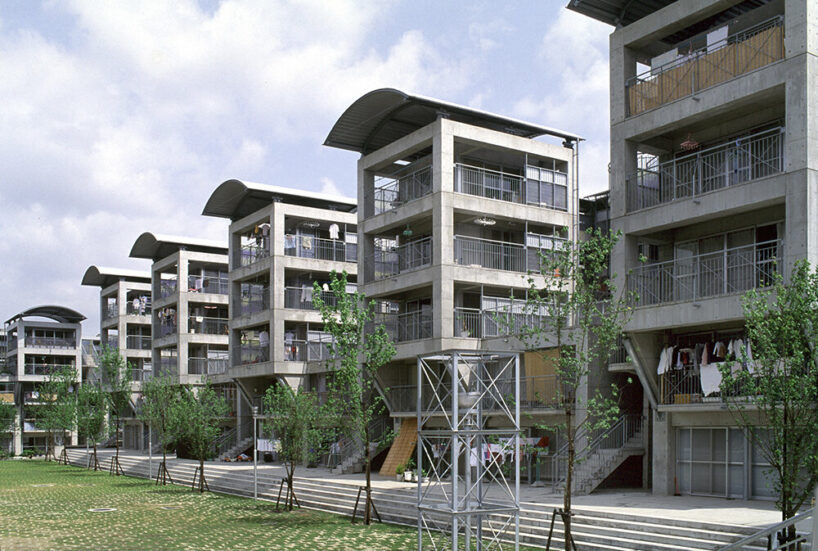
Hotakubo Housing, image courtesy of Tomio Ohashi
Riken Yamamoto deliberately engages with the widest range of building types as well as scales in the projects he chooses. Whether he designs private houses or public infrastructure, schools or fire stations, city halls or museums, the common and convivial dimension is always present. His constant, careful and substantial attention to community has generated public interworking space systems that incentivize people to convene in different ways. The entire building space of the Saitama Prefectural University (1999), for instance, is conceived as a community.
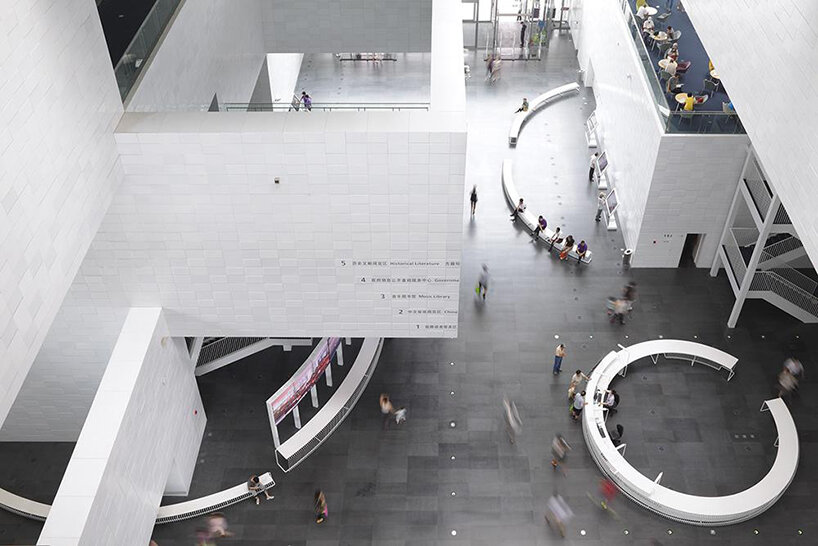
Tianjin Library, image courtesy of Nacasa & Partners
Riken Yamamoto is not an architecture historian, yet he learns from the past as well as from different cultures. As an architect, he does not copy from the past, rather he adapts, re-uses and evolves, showing that fundamentals persist in their relevance. Yamamoto has expanded the toolbox of the profession towards both the past and the future to be able to give each time, in very different modes and at very different scales, the most pertinent response to the challenges of both the built environment and of collective living. For creating awareness in the community in what is the responsibility of the social demand, for questioning the discipline of architecture to calibrate each individual architectural response, and above all for reminding us that in architecture, as in democracy, spaces must be created by the resolve of the people, Riken Yamamoto is named the 2024 Pritzker Prize Laureate.’
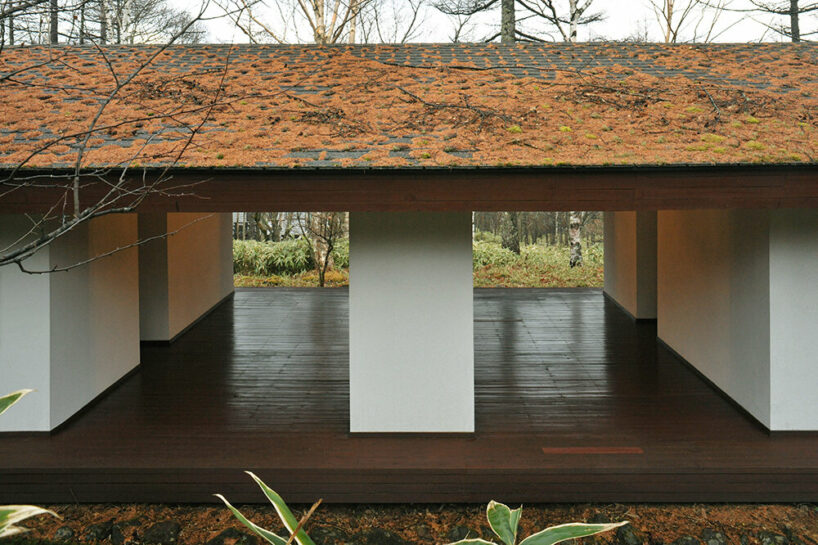
Yamakawa Villa, image courtesy of Tomio Ohashi
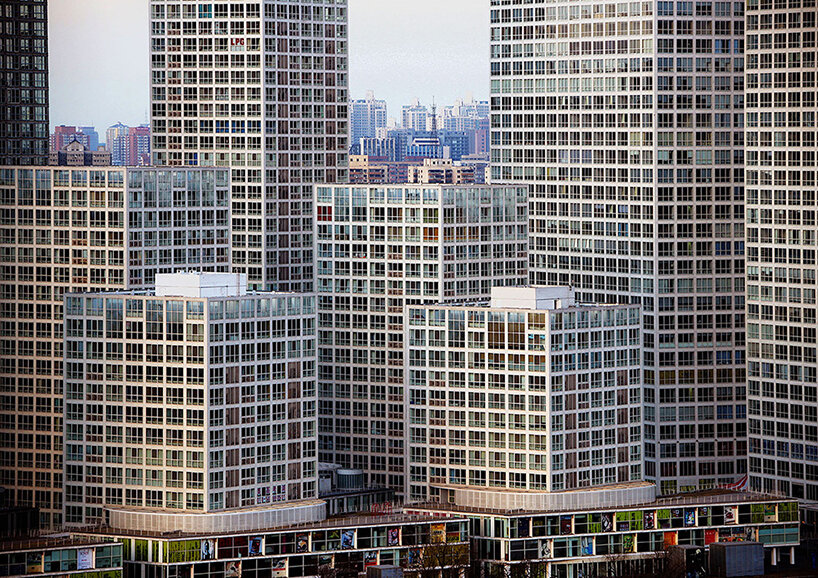
Jian Wai SOHO, image courtesy of Riken Yamamoto & Field Shop

Ecoms House, image courtesy of Shinkenchiku Sha

